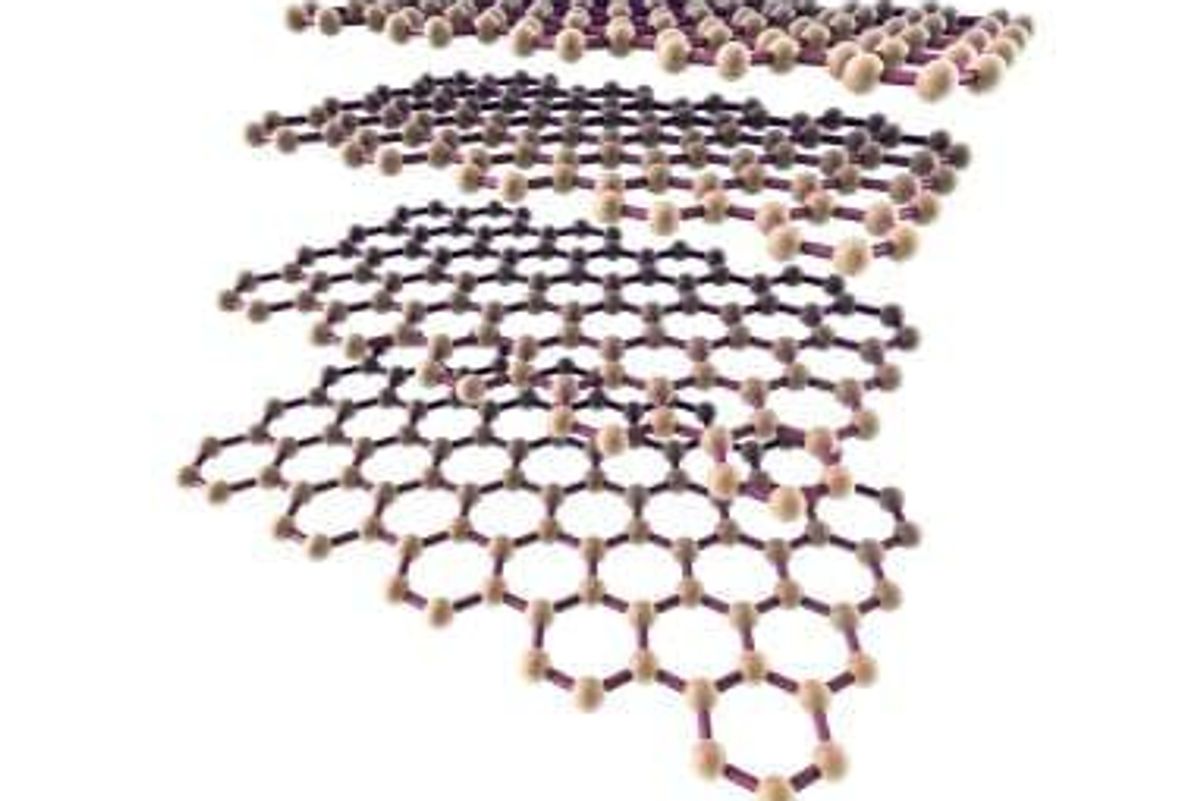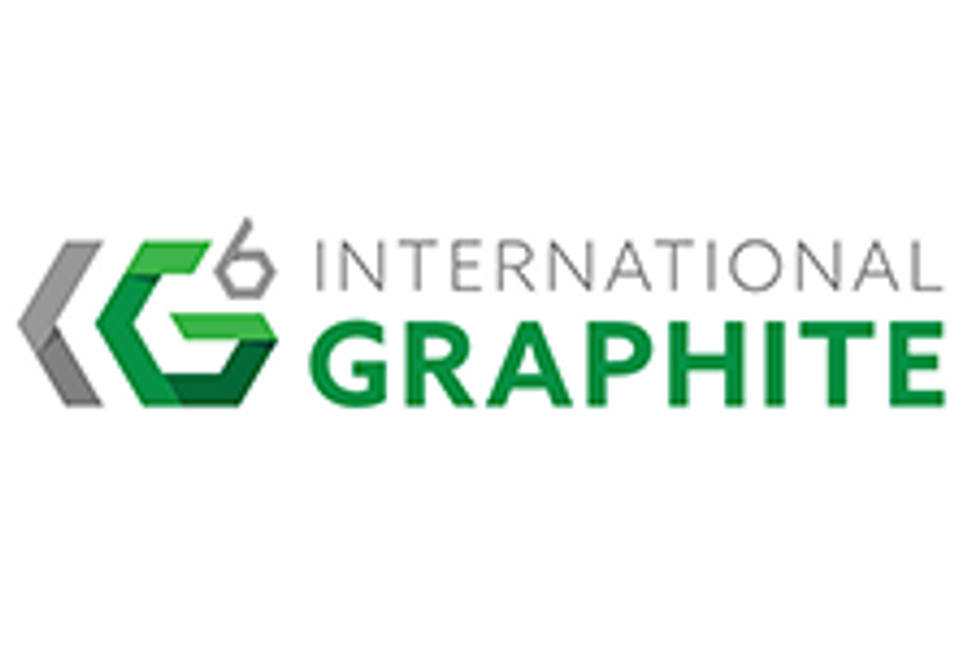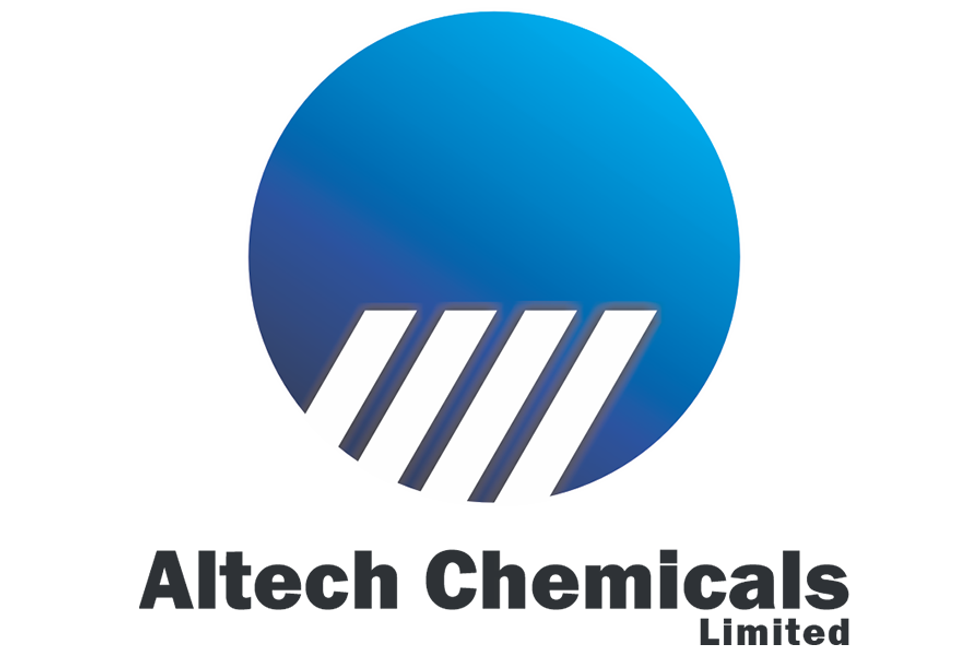
It wasn’t a particularly interesting year for graphite, although the promising growth in demand can stir things up in the upcoming months.
It wasn’t a particularly interesting year for graphite, although the promising growth in demand from the automotive and battery industries can stir things up in the upcoming months.
The graphite demand started to shift in 2014, after Tesla Motors (NASDAQ:TSLA) announced plans to build a $5-billion lithium-ion battery gigafactory. Graphite, in its natural spherical form, is one of the main raw materials needed to create these batteries as each one requires 10 to 20 times more graphite than lithium.
In an interview with the Investing News Network (INN), Benchmark Mineral Intelligence analyst Andrew Miller said, “Where we are today in the graphite market is pretty much where we were 12 months ago on prices.”
“But the interesting thing about where we are now compared to where we were more than a year ago is we are getting a bit closer to seeing growth from the battery sector again,” he added. “It’s going to be the growth in value-added grades and using flake graphite value-added grades which drives the market going forward.”
By the end of 2016, global sales of graphite are estimated to be valued at US$ 14,690 millions, a nine percent increase year on year over 2015.
Graphite in 2017
As 2016 draws to a close, forecast for the graphite market in the long term remains positive. A report by Persistence Market Research shows that the global market–valued at $13.62 billion in 2013–is expected to reach $17.56 billion in 2020.
Still, there are some concerns about an oversupply and expensive costs for mine extraction that may keep the prices low. Here are the main factors to look at in 2017.
Electric Cars and Lithium-Ion Batteries. IHS Automotive expects electric vehicles to represent nearly four percent of all light vehicles worldwide by 2020, equivalent to 3.9 million cars, up from just over 14,000 in 2010.
A rising demand for lithium-ion batteries in these vehicles and other electronic devices is predicted to significantly drive growth of graphite, the second-largest component in the batteries, in the years to come.
“It’s certainly the battery side of things that has the biggest market growth. That will be a growth market for graphite,” Miller said.
Tesla hopes to build between 80,000 and 90,000 electric vehicles in 2016, with 50,000 being produced in the second half of the year. To add to the rising demand, China’s government plans to have around 5 million battery-electric vehicles on the roads by 2020.
“We believe the lithium-ion battery anode market could grow to at least 250,000 tonnes by end-2020,” Simon Moores, managing director of Benchmark Mineral Intelligence, told INN.
Gigafactories. Tesla’s gigafactory in Nevada is expected to start production by 2017.
In 2021, based on Tesla manufacturing 150,000 Model 3 units, Benchmark estimates that the company will consume 10,800 tonnes of spherical graphite for its anodes, 15 percent of the world’s spherical graphite consumption in 2015.
With that being said, natural graphite demand is expected to increase by up to 37 percent by 2020.
“As we approach the start up in these big megafactories, they are going to have to start tying their raw materials and tying their anode and cathode suppliers,” Miller said. “It would be interesting to see how those markets are able to respond to those developments and demands.”
The Asia Pacific region. Asia Pacific is the largest market for graphite globally and, in 2016, the region’s global revenue share is forecast to be 35.5 percent.
Tesla’s plans stirred up predictions in the industry, but analysts continue to see China as the main factor shifting the demand in the industry.
“If you visit China and speak to these lithium-ion battery producers–something we do at Benchmark–then you realise how much growth the companies are planning for.
“China is forcing change in the industry. It’s not just about Tesla and its huge gigafactory: over 70 percent of new lithium ion demand is coming from China,” Moore said.
A rise of technologically advanced applications of graphite in pebble-bed nuclear reactors, fuel cells, solar power systems, and automotive and aerospace industries is driving the graphite market in this region.
Will Prices Increase?
There is a high cost of extraction for graphite which increases the cost of the critical metal that could slow the growth of the market.
Asbury Carbons CEO Stephen Riddle said he expects prices to continue to decline as new capacity is being added to an oversupplied market.
But for Miller, prices for flake graphite seemed to have reached their bottom, as he doesn’t expect any more declines, what he is now expecting is a price recovery that will happen in the long term.
He forecasts an emergence of the flake graphite concentrate and the valued-added grades in 2017.
“The industry has to develop a little bit more in terms of demand for those prices to really pick up over the next year. Whether that will happen or not is debatable, but certainly in the next few months we don’t see any immediate rebounds,” he said.
Companies to watch out for
Miller said that there are a number of companies across Canada and Australia that investors should be watching in 2017 such as Australian Syrah Resources (ASX:SYR), with their Mozambique Balama Project, and Bass Metals’(ASX:BSM) Graphmada project in Madagascar.
Another project to keep an eye on is the joint venture between Imerys Graphite & Carbon and Gecko Namibia to develop the Okanjande project.
Investor Takeaway
Investors may be asking themselves, “what is the best project to be looking at?” For Miller, the simple answer to that is there is no one best project.
“We certainly see that on the side, companies are going to have to serve multiple markets,” he added. “No one project or company is going to want to put all of its material into one market like batteries, so you need a number of different consumers on board to make an economically feasible project.”
The graphite market is complex, as there are many types and applications for the critical metal. But the main factor to watch out for in the next years will be the production of electric vehicles as most companies will aim at producing and selling to lithium-ion battery makers. Investors should pay attention at how this market develops as a lift off of graphite prices may be just around the corner.
Don’t forget to follow us @INN_Resource for real-time news updates!
Securities Disclosure: I, Priscila Barrera, hold no direct investment interest in any company mentioned in this article.





